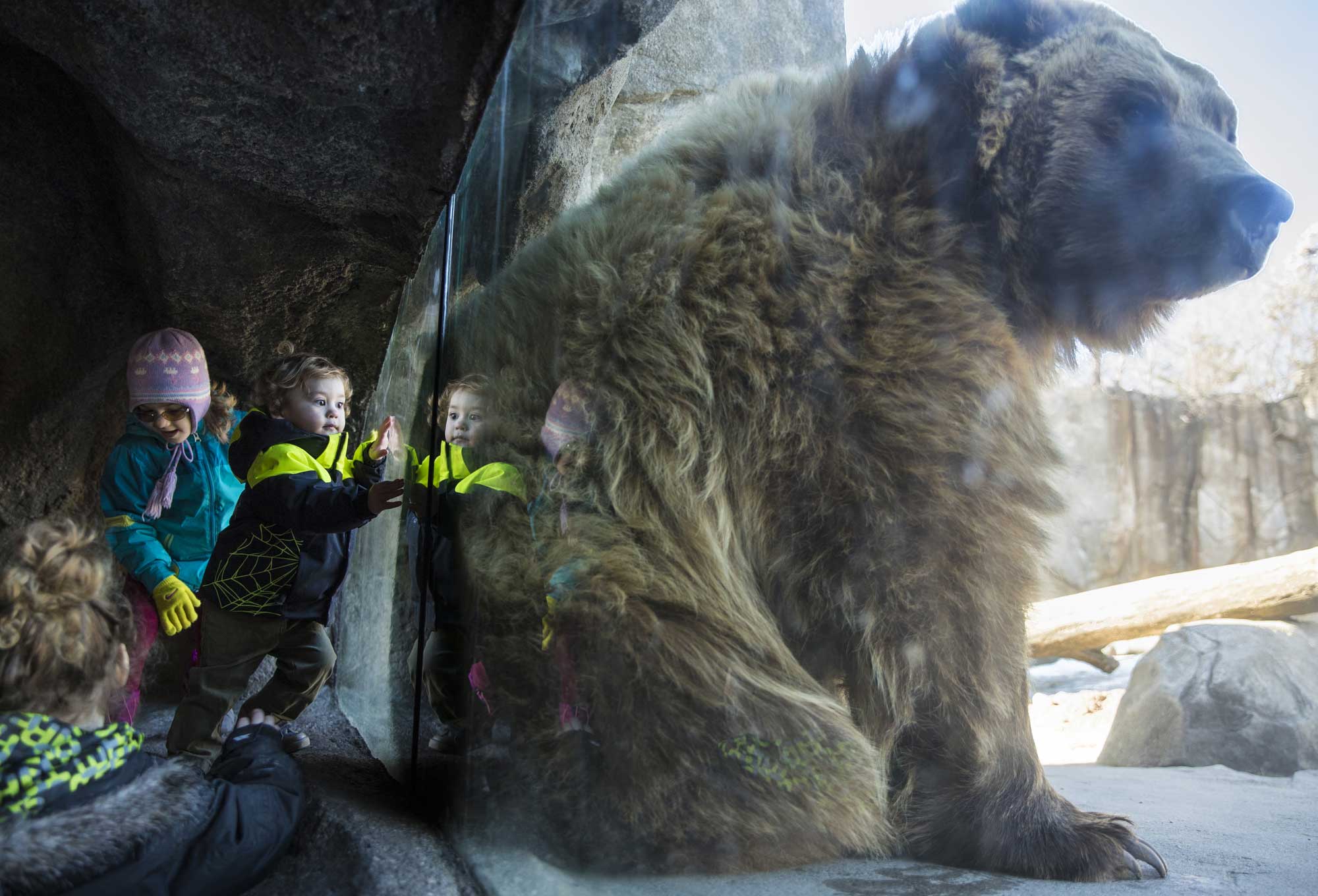
A new program allowing people to visit the Minnesota Zoo for free by showing proof that they receive public assistance cards was a hit during its first year, ushering in 63 percent more of low-income visitors in 2016 than in the previous year.
StarTribune
February 16, 2017
Erin Adler
A new program allowing people to visit the Minnesota Zoo for free by showing proof that they receive public assistance cards was a hit during its first year, ushering in 63 percent more of low-income visitors in 2016 than in the previous year.
The initiative, now called the Free to Explore Program, brought in 65,689 people on limited incomes last year, compared with about 40,000 people who attended through an access program in 2015.
“I think one of the things that was most exciting to me is that it changed really the face of our visitorship,” said Claire Ross, the Minnesota Zoo’s access programs coordinator. “On a daily basis, when you’d look out the window, you’d see a different demographic at the zoo than you used to.”
Since 1995, state law has required that at least one in 10 zoo visitors be “economically disadvantaged” and admitted for free rather than paying the $18 admission price for adults or $12 for kids and seniors. The zoo gave out free admission vouchers for 20 years to Head Start programs, job centers and community-based nonprofits so they could give them to clients.
But just a quarter of the 120,000 passes were used each year, and it took a lot of staff time to record the redemptions, Ross said.
In addition, there was no way to control who actually got the coupons, she said. Sometimes people peddled them in the parking lot or on Craigslist, or families who didn’t need them would somehow obtain them.
The new effort admits people for free providing that they can prove that they get public assistance by showing an Electronic Benefit Transfer (EBT) card, a Head Start acceptance letter, a Minnesota Health Care Programs card, or documentation from the Women, Infants and Children (WIC) program. They also need ID and proof of Minnesota residency.
These cards or paperwork are something people already keep handy, said Catherine Fair, senior director of Community Action Partnership of Ramsey and Washington Counties.
“What’s unique about the zoo access program is that people don’t need to go through an additional hoop,” Fair said. “This gives our low-income families . . . learning experiences with their families outside the classroom, [which] are so invaluable.”
Read the full article at StarTribune.com

